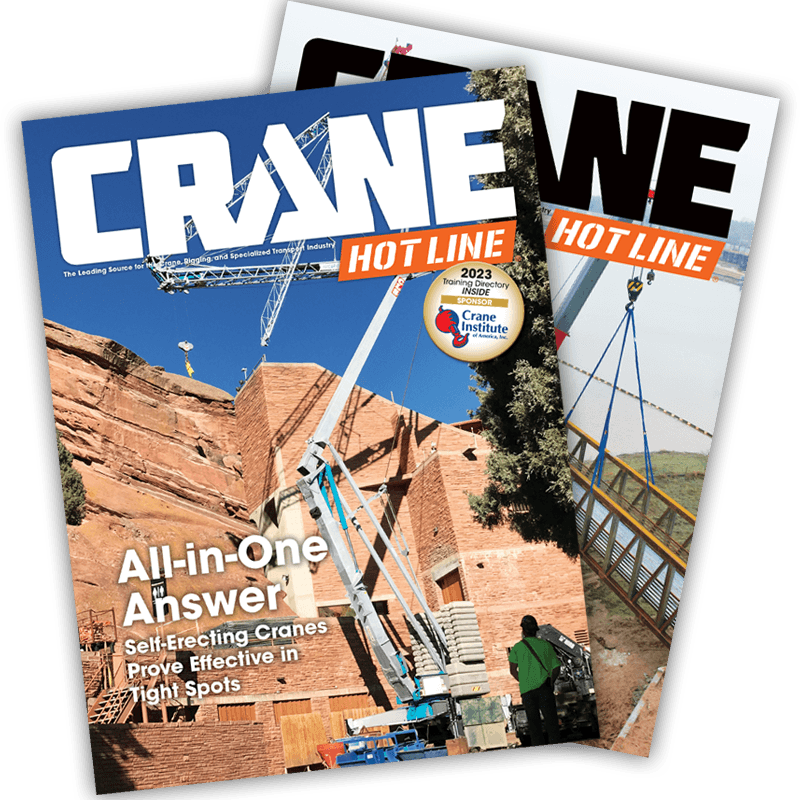Lifting Through the Cold
Sterling Crane USA finds solutions for crane operations in Colorado’s harshest months
Colorado winters are not for the ill-prepared. The Sterling Crane USA Fort Collins, Colorado location, however, is no stranger to the trials and tribulations that come with working at winter’s peak, as well as successful strategies for taking on projects during the season safely and efficiently.
One standout example recently took place in Telluride, Colorado, where a Sterling Crane crew supported the assembly of a ski lift high in the mountains. With snowstorms rolling in and the clock ticking toward the resort’s opening day, the team faced escalating challenges from steep, icy terrain to delays in equipment delivery.
Navigating these conditions required not only technical expertise, but also strategic problem-solving and close coordination with the client. For the Telluride job, Sterling Crane deployed a Tadano ATF 90G-4, a 110-ton all-terrain model.
“Working on the ski lift assembly project was one of the more unique challenges we’ve faced,” said Chris Barnhart, project estimator at Sterling Crane USA. “Due to Forest Service restrictions, our scope didn’t begin until mid-October, just as winter was approaching. Initially, thanks to dry conditions, we were able to drive our 110-ton AT crane up the steep terrain with no issues, but by early November multiple snowstorms had rolled through, and the snow no longer melted.
“As the resort’s opening day approached, removing the crane safely became critical,” Barnhart continued. “Ultimately, we used a bulldozer and an excavator to control the descent, keeping the crane from sliding down the snow-packed slopes.”
Best Practices
To operate safely and effectively in harsh winter environments, Sterling Crane USA follows a strict set of best practices.
According to Barnhart, those include thorough pre-job planning that accounts for weather forecasts, site access and equipment limitations. There are also routine inspections to ensure machinery is winter-ready.
“We use clear communication protocols,” Barnhart related, “and our operators are trained to recognize weather-related hazards such as frostbite risks, ice buildup and unstable ground conditions, and are equipped with proper cold-weather gear.
“Above all, safety remains the top priority,” Barnhart added. “Every decision in the field reflects a commitment to protecting people, equipment and the integrity of the project.”
Overcoming Obstacles
Working through winter’s challenges requires patience, flexibility and respect for the environment’s unpredictability. While cold temperatures, snow and ice can slow progress and create unexpected obstacles, they also inspire teams like the one at Sterling Crane USA to adapt and innovate.
In Telluride, Colorado, that was exactly the case. By anticipating challenges, the company ensured that the project moved forward— even when winter tried to push back.
“This project highlights the resilience and adaptability that define Sterling Crane USA’s winter operations,” Barnhart said. “With planning, coordination and teamwork, we demonstrated our commitment to finding solutions under pressure.”
Sterling Crane USA offers a range of all-terrain cranes with lifting capacities up to 770 tons, boom lengths up to 263 feet and maximum tip heights as high as 499 feet. Also in the company’s lineup are rough-terrains, boom trucks, hydraulic truck cranes and carry decks. The company provides crane and lift planning services to a range of industries from facilities in Colorado, Montana, Nevada and Texas.



